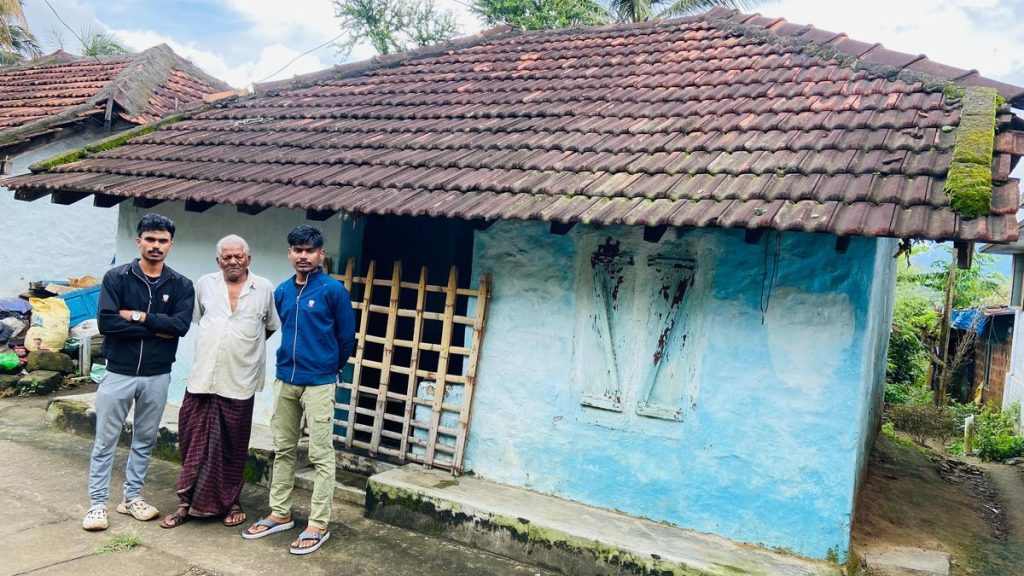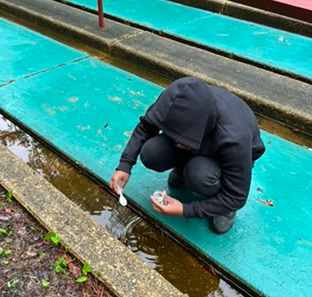Now Reading: NASA Reveals Efforts to Rescue Camera 370 Million Miles Away Near Jupiter
-
01
NASA Reveals Efforts to Rescue Camera 370 Million Miles Away Near Jupiter
NASA Reveals Efforts to Rescue Camera 370 Million Miles Away Near Jupiter

Quick Summary
- NASA’s Juno spacecraft’s camera (JunoCam), designed to capture visible-light images of Jupiter and its moons, experienced significant radiation damage during its mission.
- The issue first appeared during the spacecraft’s 47th orbit and escalated by orbit 56, leading to corrupted images.
- Engineers suspected the damage involved a voltage regulator critical for JunoCam’s power supply but couldn’t confirm specifics remotely due to distance constraints.
- To attempt recovery, the team used an experimental process called annealing, involving heating materials to reduce defects. The camera was heated to 77°F initially with moderate success; later sessions required more intense heating efforts.
- Annealing restored functionality multiple times: crisp images were captured during subsequent orbits, including detailed views of Io’s volcanic activity on Dec. 30, 2023. However,radiation-induced image noise returned by orbit 74.
- Learnings from JunoCam repair efforts have influenced subsystems across Juno and are expected to aid future satellite designs for handling extreme radiation environments.
- The deeper understanding from these experiments could benefit both NASA missions and commercial or defense satellites operating in hazardous conditions.
Indian Opinion Analysis
NASA’s innovative approach demonstrates resilience in deep-space exploration under extreme conditions like Jupiter’s intense radiation fields – findings that India can draw inspiration from as it continues expanding its space ambitions through programs like Chandrayaan and Gaganyaan. Learning about techniques such as annealing builds understanding of how hardware failures can be mitigated millions of miles away without physical intervention.
If India’s upcoming interplanetary missions aim for longer durations in high-radiation environments (e.g.,Venus or outer planets),incorporating similar fail-safe technologies could enhance durability while ensuring maximum scientific return on investments spent developing instruments like cameras or sensors.Moreover, collaboration with global space agencies such as NASA provides opportunities for knowledge exchange that benefits India’s emerging private satellite industry preparing Earth-orbiting hardware perhaps exposed to solar storms.
This case study showcases engineering ingenuity while reminding stakeholders of challenges posed by designing resilient systems for extreme extraterrestrial settings – vital lessons likely relevant across international boundaries.
























